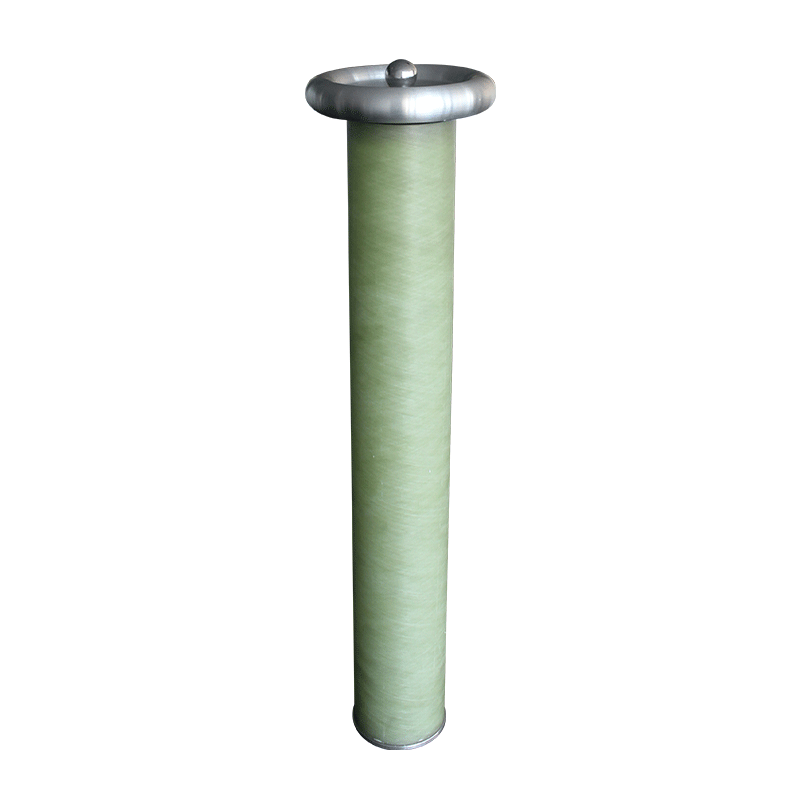Optimization and Reliability Enhancement of Distributed Control Architectures for High-Power High-Voltage DC Power Supplies
High-power high-voltage DC power supplies are essential in electrolysis, electroplating, particle acceleration, and industrial testing. These systems often operate at power levels of hundreds of kilowatts or more, requiring modular design and high system reliability. Traditional centralized control architectures suffer from scalability limits and single-point failure risks. Distributed control architectures (DCA) address these issues by decentralizing intelligence and control across multiple modules.
In a distributed architecture, each module functions as a semi-autonomous control unit capable of regulating its voltage, current, and temperature while communicating with a central controller. The main controller coordinates global tasks such as power allocation, fault management, and synchronization, while individual modules manage local regulation and diagnostics. This structure enables redundancy—if one module fails, others continue operation with minimal performance degradation.
Communication reliability is critical in high-voltage environments. Optical fiber communication is preferred for its high electrical isolation and resistance to electromagnetic interference. Protocols such as EtherCAT and CAN-FD provide deterministic latency and synchronization, while IEEE 1588 PTP (Precision Time Protocol) ensures microsecond-level timing alignment between modules.
The control structure typically adopts a hierarchical approach: a supervisory layer for overall power management, a coordination layer for group control, and local controllers for individual power modules. Local regulation loops employ PI or sliding-mode control for voltage and current stabilization, while the upper layers dynamically redistribute load and adjust current-sharing ratios.
Reliability enhancement is achieved through fault-tolerant mechanisms and predictive diagnostics. Each module continuously monitors parameters such as bus voltage, output current derivative, and device temperature. When anomalies are detected, the faulty unit is isolated, and the system automatically rebalances load distribution among healthy modules. This self-healing capability significantly improves uptime and safety.
Modular redundancy (e.g., N+1 configuration) further ensures uninterrupted operation. Current-sharing control based on digital communication or droop characteristics prevents overload on individual modules. Advanced cooling and electromagnetic shielding design minimize thermal coupling and EMI among modules.
By integrating distributed intelligence, redundancy management, and predictive fault detection, high-power HVDC supplies achieve exceptional reliability, scalability, and operational resilience.




















